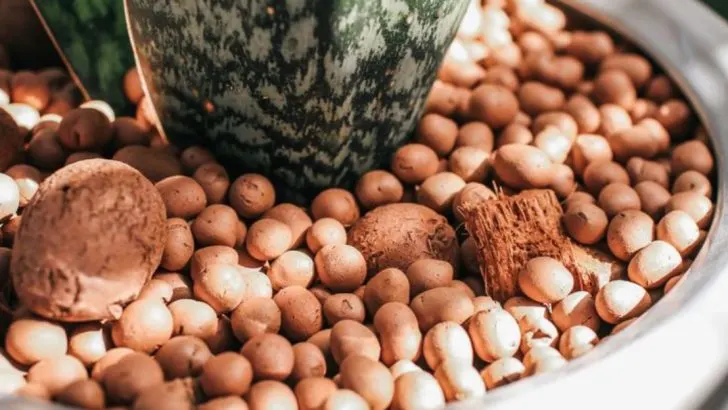You’ve probably heard the old advice: “Add sand to improve drainage.” But many experienced gardeners know better. In most soils, adding sand doesn’t help—it actually makes things worse by creating a concrete-like texture that traps water instead of moving it through.
So what do the pros use? Instead of sand, they reach for organic matter, gravel, or expanded materials like perlite that improve structure without compacting. These alternatives promote healthy airflow, better water movement, and a stronger root system—especially in raised beds or clay-heavy soils.
In this article, we’ll explain why sand is a drainage myth, what materials actually work, and how to create the kind of well-draining soil your plants will thrive in.
Perlite
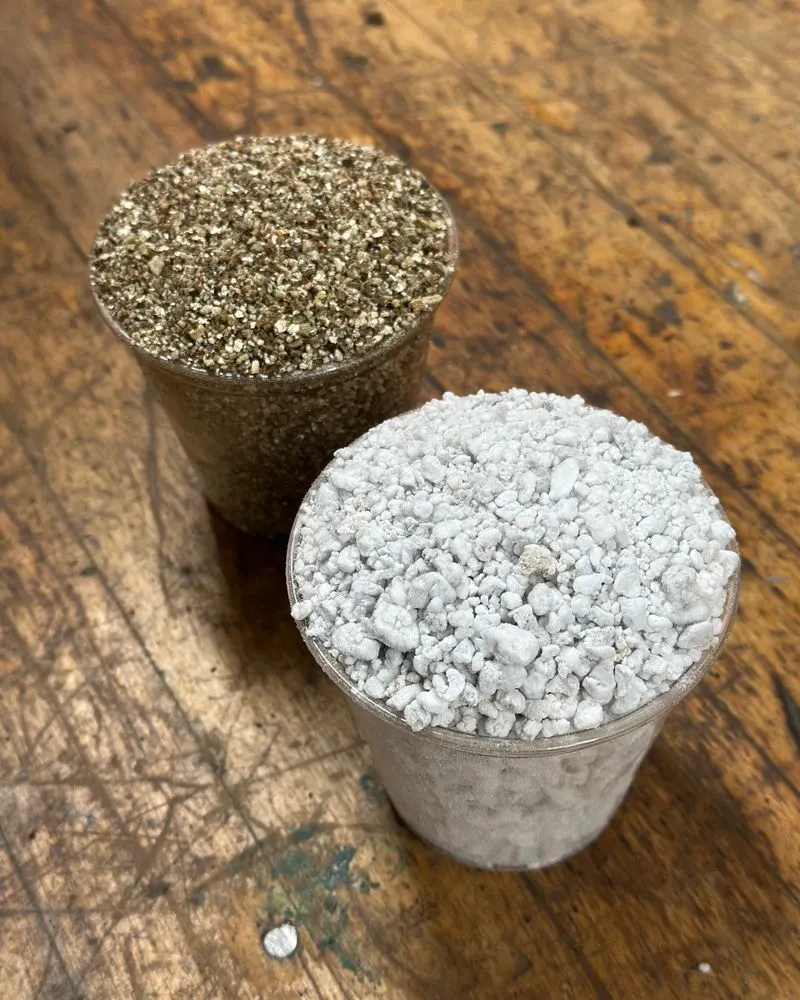
Looking to lighten up your soil? Perlite might just be the answer. This volcanic glass expands when heated, creating a lightweight, airy substance that improves drainage without compacting the soil. Its porous nature allows for excellent aeration, helping roots breathe and grow.
Unlike sand, perlite doesn’t add weight to your pots, making it easier to move plants around. It’s especially useful in container gardening, where drainage is crucial.
Consider it a gardener’s secret weapon against waterlogged soil. Plus, it’s pH neutral, giving you more control over soil acidity.
Vermiculite
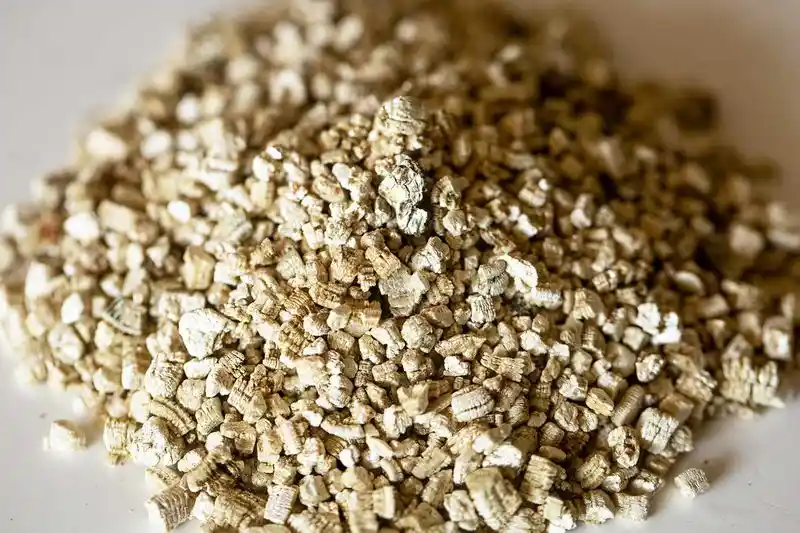
Did you know vermiculite can hold several times its weight in water? This mineral not only aids drainage but also retains moisture, creating a balanced environment for plants.
Unlike sand, vermiculite’s accordion-like structure offers both aeration and moisture retention. It’s perfect for seedlings needing consistent moisture.
Use it to boost water retention in sandy soils or as a potting mix additive. Its versatility makes it a favorite among pros. All this, without compromising on drainage, makes vermiculite a win-win for gardeners.
Pumice
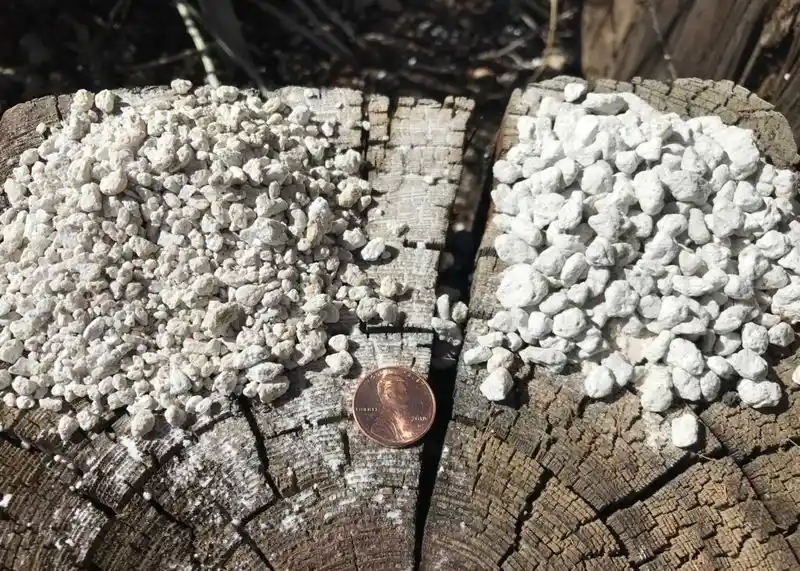
Pumice, a type of volcanic rock, is another fantastic sand alternative. Its porous structure enables exceptional drainage while preventing soil compaction. This lightweight rock is often used to improve soil texture and promote healthy root systems.
Unlike sand, pumice doesn’t break down over time, making it a long-lasting solution. It’s a favorite in succulent gardens and with plants needing excellent drainage.
Looking for a sustainable option? Pumice is both natural and reusable. Add it to your soil mix and watch your plants thrive.
Coco Coir
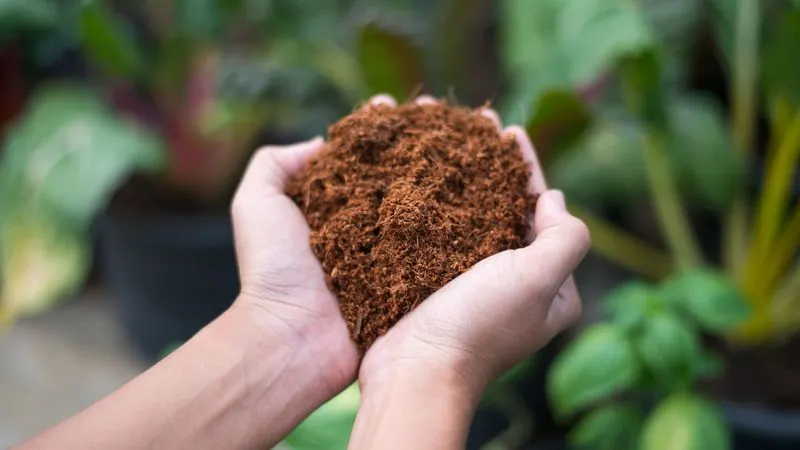
Coco coir, made from coconut husks, offers a sustainable and effective solution for drainage. Its fibrous texture provides excellent aeration while retaining moisture, making it a versatile addition to any soil mix.
Unlike sand, coco coir adds organic matter to the soil, supporting microbial life and improving overall soil health. It’s a favorite among eco-conscious gardeners for its renewable nature.
Perfect for indoor and outdoor plants, coco coir is a reliable ally in achieving the right balance of drainage and moisture.
Expanded Clay Pellets
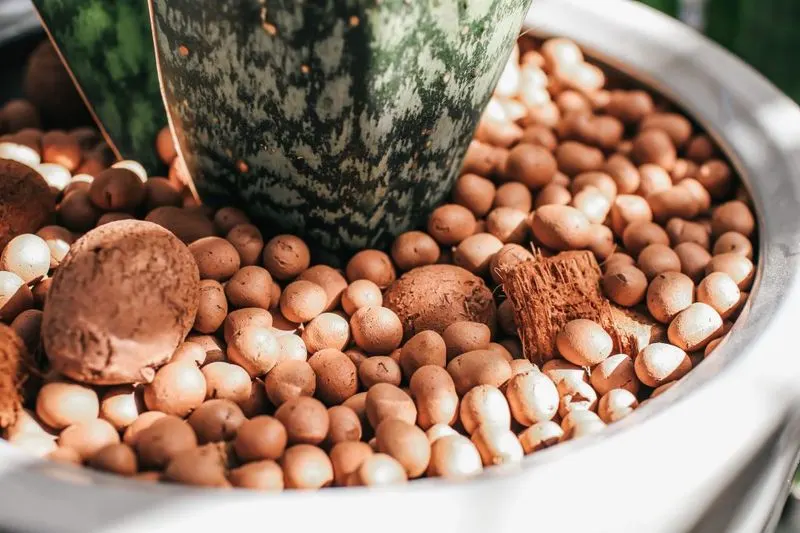
Expanded clay pellets, also known as LECA, are a game-changer for both hydroponics and traditional gardening. These round, lightweight balls offer excellent drainage and keep soil from becoming compacted.
Their uniform shape allows for optimal airflow and moisture distribution, ensuring plant roots remain healthy. Especially beneficial for potted plants, clay pellets prevent waterlogging without the mess of sand.
Reusable and eco-friendly, they offer a sustainable approach to gardening. Consider them a modern alternative that combines functionality with environmental mindfulness.

